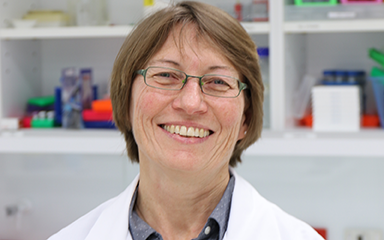Melanoma is a type of cancer that forms in pigment cells (melanocytes). Melanocytes produce melanin to help protect the skin from ultraviolet (UV) radiation, such as sunlight. These cells are the cause of freckles and moles and produce the brown colour of a suntan. Melanomas can occur anywhere on the body, not only on areas exposed to the sun. If melanoma is not treated quickly, it may spread via the lymphatic system to other areas of the body.
Western Australia has one of the highest rates of melanoma in the world with over 1,300 people diagnosed each year. It is one of the deadliest cancers and is the cancer most likely to affect 15 to 39 year olds. Malignant melanoma makes up only 1-2% of all skin cancers, but is classed as the most dangerous.
The main environmental risk factor for developing melanoma is exposure to ultraviolet radiation from the sun. As melanoma can move from a primary site to other, secondary sites in the body, it can be very difficult to treat successfully. A key barrier to successful treatment is that often there are few visible symptoms until the cancer has progressed to a late stage. Melanoma is one of the most preventable forms of cancer.
Established individual risk factors include:
- a pale complexion
- red or blonde hair
- skin that freckles, that tans poorly or is sensitive to the sun
- a large number of moles on the skin
- a family history of the disease
Known genetic factors include mutations in two melanoma predisposition genes, CDKN2A and CDK4. Mutations in these genes have been identified in some high-risk melanoma families, however, as these mutations account for only 25-40% of families with melanoma, it is clear that other melanoma genes are yet to be discovered. Another gene of interest is MC1R, which is associated with hair and skin pigmentation. Alternate or variant forms of this gene have been linked to red hair, fair skin and increased freckling and have been implicated in increased melanoma risk.
Although melanoma is the most serious type of skin cancer it can be treated successfully if caught early.
The most common treatment for localised (early stage) melanoma is surgery. In the majority of cases this is the only treatment required. Metastatic or advanced melanoma, where the cancer has spread to other parts of the skin, lymph nodes or internal organs, may require treatments such as chemotherapy, radiotherapy, immunotherapy or molecular medicine.



